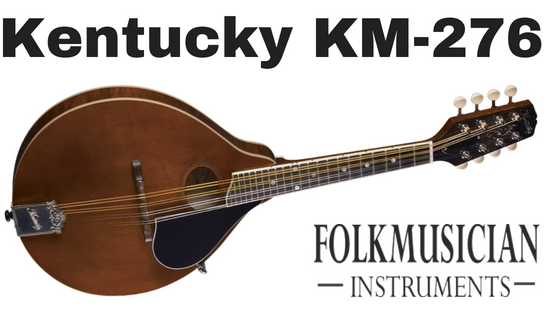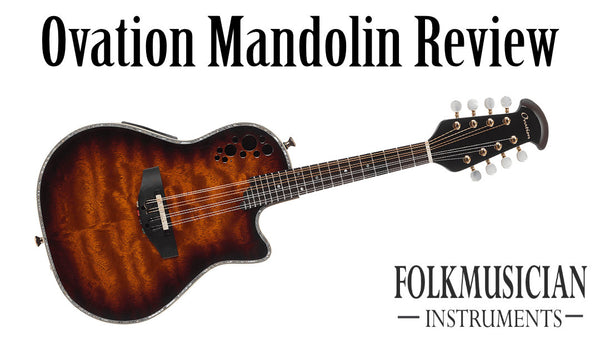Octave Mandolin vs Mandola
The mandolin family is quite diverse. Many years ago (around a century), mandolin orchestras were common and the amount of mandolin family instruments exploded. Today we are looking at two of the most popular aside from the mandolin itself.
What is an Octave Mandolin?
It is a mandolin that is tuned one octave below a standard mandolin. To make this possible, the octave mandolin is significantly larger and uses heavier strings. It is tuned one GDAE, just like a regular mandolin.
The scale length is longer and it is more like playing a guitar. The technique is also slightly different due to the low string tension and styles of music they tend to be used in.
What is a Mandola?
A mandola falls somewhere in-between a mandolin and octave mandolin as far as overall size. It is tuned one fifth below a mandolin. The tuning is CGDA, or the same as a viola. A octave mandolin is tuned one fourth below the mandola.
Which one is best?
Most players picking up an Octave mandolin or mandola will more than likely own a mandolin already. If so, either one will be easy to adapt to. The octave because it is tuned the same, the mandola because it is closer to mandolin in size, and the same basic scale patterns work, you just need to match the key.
Octave is more popular than mandola. It would be common in Irish and Celtic music. If you are on the fence, we would suggest Octave first, then consider Mandola later.
Choosing an Octave Mandolin
Most Octave mandolins are flat tops. While you can get Archtop instruments, they tend to be very expensive and there are few options. This is partly due to the fact that flat tops are traditional for the types of music that octaves are normally used for. The good news here is that flat top Octave mandolins are easier to make and this means you can get something pretty nice without spending a huge amount of money.
Leave a comment
Comments will be approved before showing up.
Also in mandolin

Kentucky KM-276 Oval Hole Mandolin
Best Mandolin Pickup K&K vs Radius vs Fishman

